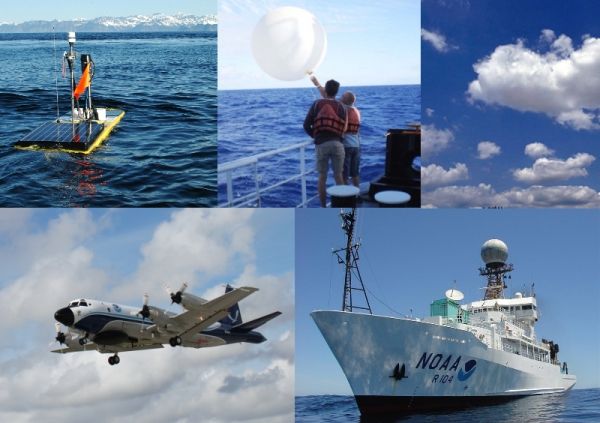Picture a calm, sunny day at a tropical beach. You look out at the ocean and in the distance a flotilla of small white clouds sails close to the waves. It’s ideal weather and typical of many days in the tropical Atlantic. However, scientists don’t fully understand how these ubiquitous clouds (a type of “shallow convective cloud”) form and impact the ocean, and it represents one of the largest uncertainties in predicting climate change.
Driven by the sun’s energy and tropical winds, complicated interactions between the air and sea create shallow convective clouds. These clouds then impact the humidity and ocean temperature, affecting how new shallow convective clouds form. Our weather and climate models poorly represent these details, but shallow clouds and air-sea interactions influence conditions seen all across the world — from global temperature and precipitation to extreme events.
Today, NOAA launched a six-week scientific campaign from the island of Barbados in the Caribbean, using multiple human-piloted and autonomous vehicles, buoys, radar, and computer modeling to investigate how the ocean, atmosphere, and shallow clouds work together to create the weather and climate we live in.
Called ATOMIC, or the Atlantic Tradewind Ocean-Atmosphere Mesoscale Interaction Campaign, the mission is the U.S. component of a collaborative effort that includes Germany, France, United Kingdom, United States, and Barbados called EUREC⁴A (Elucidating the Role of Clouds-Circulation Coupling in Climate). ATOMIC will involve experts from three NOAA Research labs, NOAA pilots and crew, the Caribbean Institute for Meteorology and Hydrology, several universities, and other partners to address this complex problem.
Continue reading at NOAA Research
Image via NOAA


